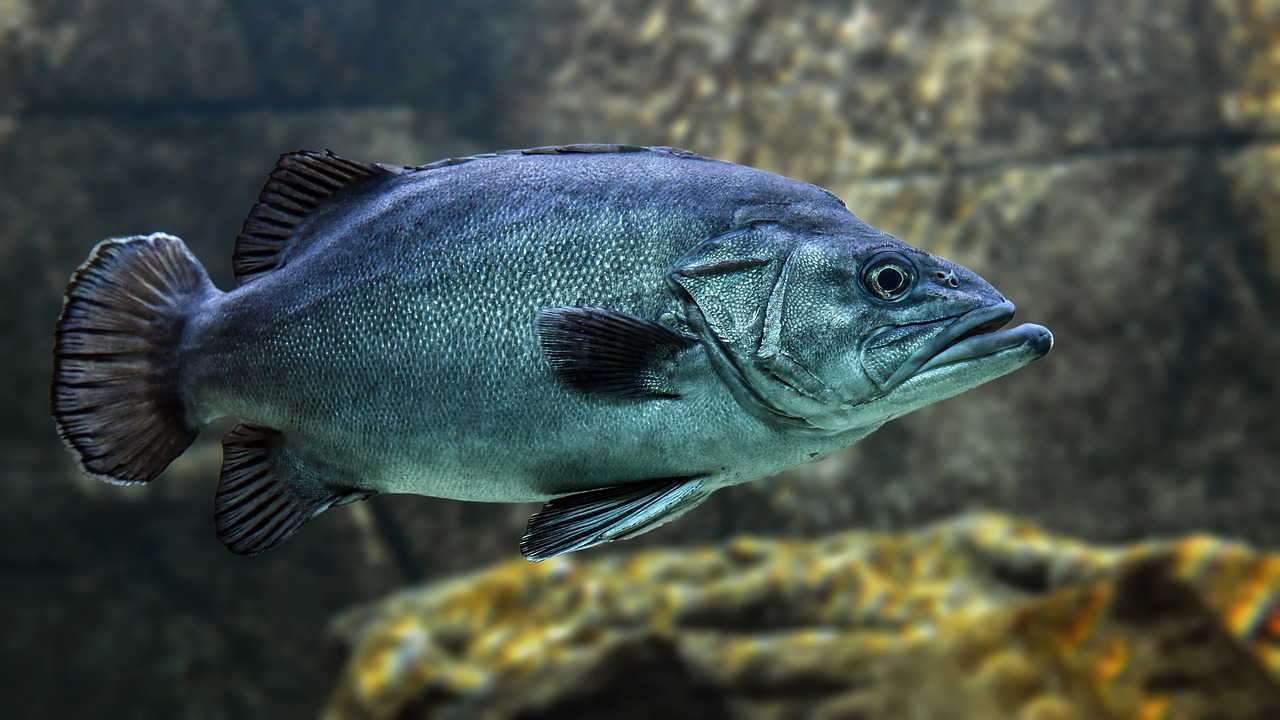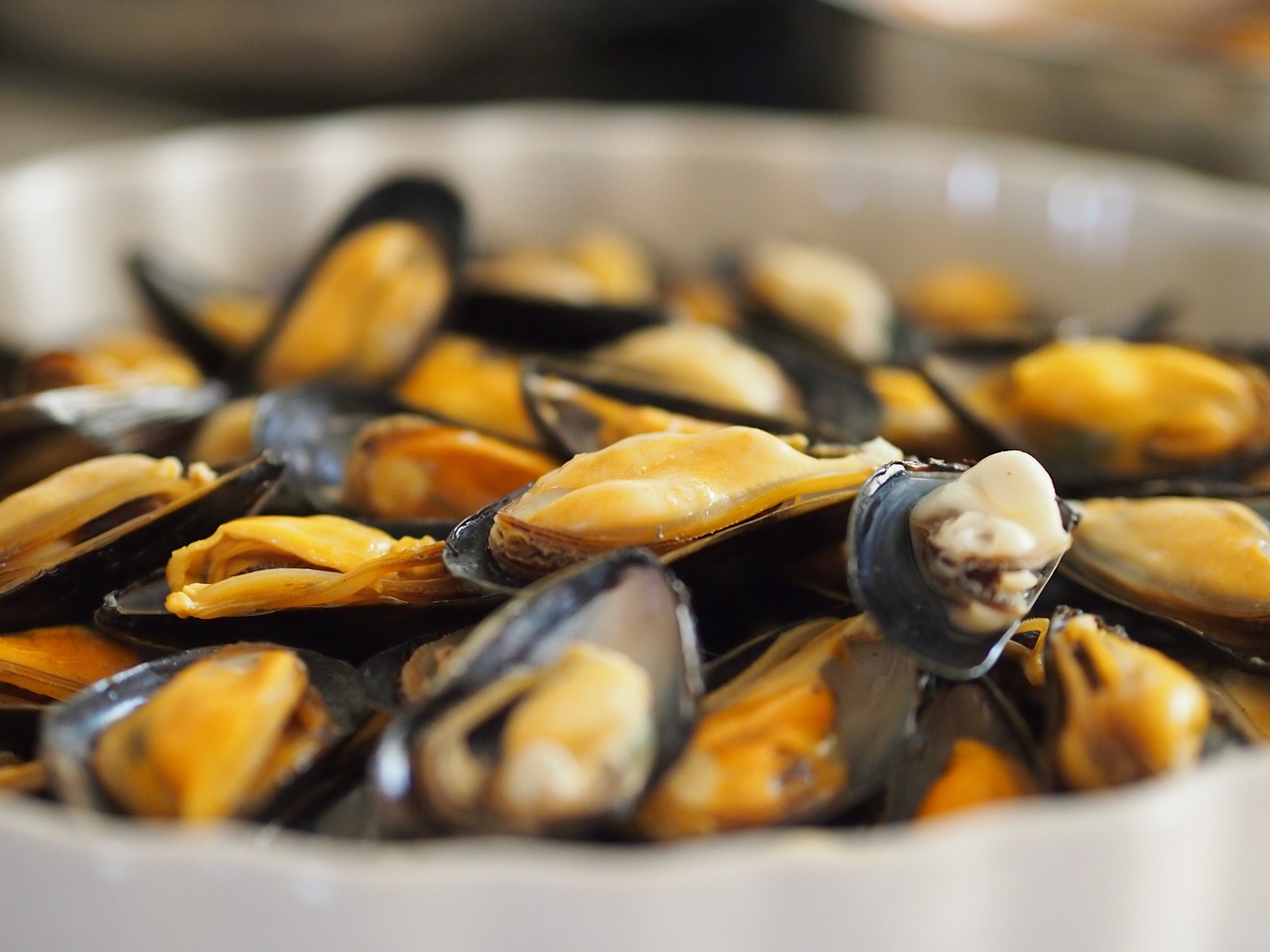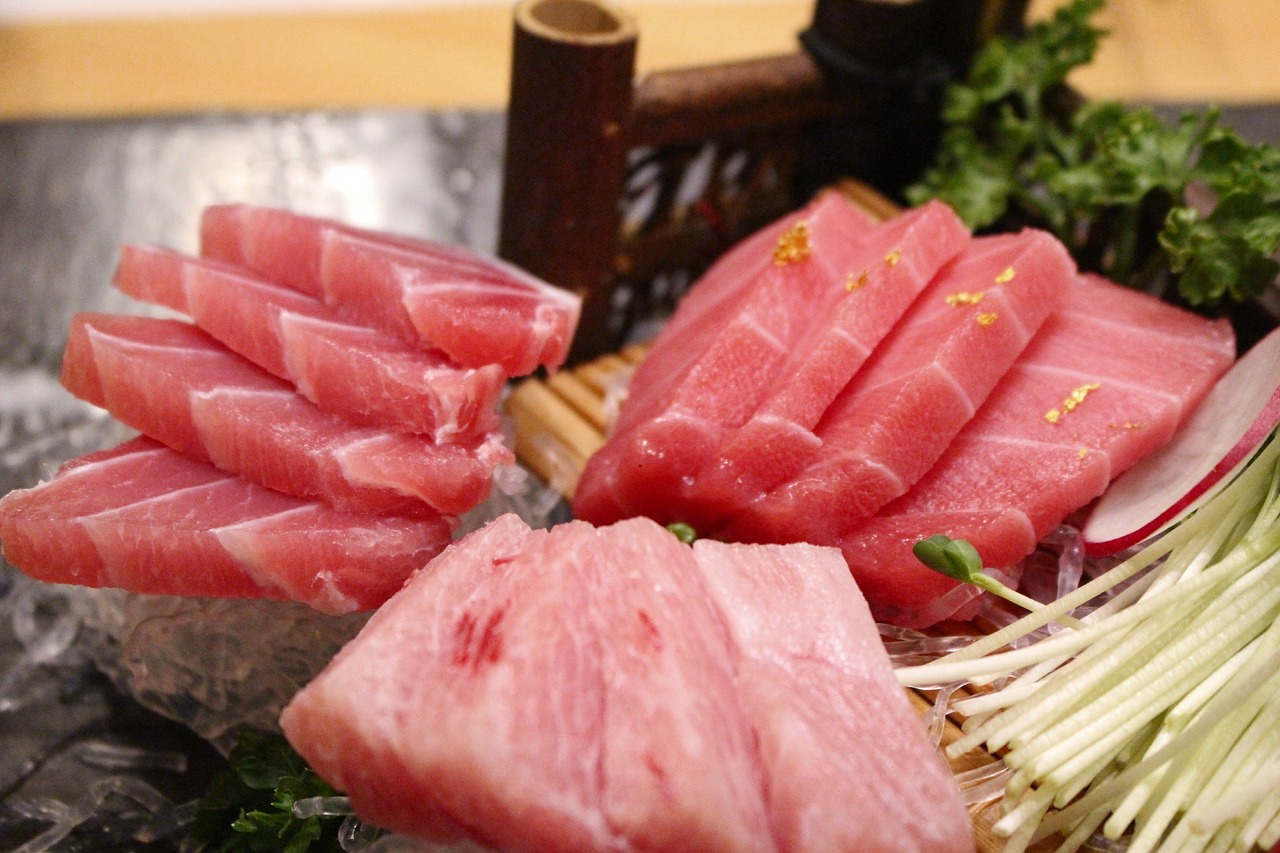
Farm-raised fish account for about half the seafood eaten in the US and around the globe. We take a closer look at aquaculture, its benefits, and how it forms a vital part of the seafood industry.
The benefits of aquaculture
Aquaculture refers to the process of breeding and cultivating fish stocks and other aquatic organisms in controlled environments. Both freshwater and marine species can be raised.
Marine aquaculture within the US eases the burden on wild fish stocks, helping to restore habitats and at-risk species. Aquaculture also directly supports commercial fisheries; for example, 80 to 90 percent of the salmon caught in the Pacific Northwest begin life in a hatchery. Aquaculture helps maintain economic activity in fishing communities in every coastal state.
In terms of value, 21% of US fishery products come to the market through aquaculture. The US aquaculture market was worth around $1.5 billion in 2016.
That year, the US produced:
- 0.9 million pounds of mussels (worth $10 million)
- 4 million pounds of shrimp (worth $10 million)
- 10 million pounds of clams (worth $138 million)
- 36 million pounds of salmon (worth $68 million)
- 37 million pounds of oysters (worth $192 million)

Most marine aquaculture centers around bivalve mollusks, such as mussels, clams, and oysters. Shrimp and salmon production account for the majority of the rest, though advances in aquaculture technologies and management techniques mean that more species can be cultivated.
Aquaculture is a vital tool to rebuild fish stocks and habitats. Thanks to historical overfishing and illegal, unreported, and unregulated fishing (IUU) today, some fish species and habitats have been devastated. Hatchery stock can be used to grow fish populations that are released into the wild, rebuild oyster reefs, and repopulate endangered corals and abalone.
Global numbers of wild-caught seafood have largely plateaued over the last few years. In contrast, the amount of seafood produced through aquaculture has risen sharply. Sales of US marine aquaculture products rose by 13% between 2007 and 2011, led by increases in salmon and oyster production.
There is room for further growth in the US market. The US only ranks 16th among the world’s largest aquaculture producing countries, and we import nearly 90% of our seafood.
In terms of metric tons, the world’s biggest aquaculture producing countries are:
- China (63.7 million)
- Indonesia (16.6 million)
- India (5.7 million)
- Vietnam (3.6 million)
- Bangladesh (2.2 million)
- South Korea (1.9 million)
- Egypt (1.4 million)
- Norway (1.3 million)
- Japan (1.1 million)
Japanese farming of bluefin tuna
Thunnus thynnus, or bluefin tuna, is an endangered species. Found throughout the North Atlantic, from the Mediterranean Sea to the US, bluefin tuna migrate remarkably long distances. They can dive to depths of 3,280 feet. Bluefin tuna can grow to 4 meters in length, weigh more than 1,300 pounds, and can live for 40 years.
Humans have been eating bluefin tuna for centuries, but demand has soared since the 1970s. Bluefin tuna prices rose sharply, and commercial fishing operations developed new ways of catching bluefin tuna to keep up with demand. This led to severe overfishing of the species throughout the Eastern and Western Atlantic.
Through international organizations, policymakers have worked with the fishing industry, fisheries management organizations, and marine conservationists, devising regulations to protect bluefin tuna stocks. However, illegal, unreported, and unregulated fishing of bluefin tuna continues. For these reasons, Atlantic bluefin tuna are considered endangered by the IUCN Red List of Threatened Species.
The bluefin tuna’s rarity makes it highly valued: the most expensive fish ever sold was an Atlantic bluefin tuna that weighed 612 pounds and cost around $3.1 million when it was sold at a Tokyo fish market in 2019. In Japan, bluefin tuna is a delicacy prized by sushi chefs. The country consumes 80% of the global bluefin catch.

However, some Japanese seafood companies are now trying to turn the tide by producing fully farmed bluefin tuna.
To qualify as fully farmed, tuna eggs must come from breeding fish that were themselves artificially hatched. In 2002, Kinki University produced the world’s first fully farmed bluefin tuna and began sales in 2004. Other companies soon entered the market, including Nippon Suisan Kaisha and Maruha Nichiro.
In Japan today, 30% of all bluefin tuna come from aquaculture, but are not fully farmed. The bluefin are caught as juveniles at sea, then held in pens at fish farms to fatten them. However, catching young tuna reduces wild breeding populations and leads to depletion of wild tuna stocks, so Japan has restricted the expansion of tuna farms that rely on wild juveniles.
Meanwhile, Maruha Nichiro has expanded its market after determining techniques to increase the survival rate of young tuna reared from eggs. As of fall 2018, the company was preparing to export the first fully farmed bluefin tuna to the EU. Its fish farms in Oita Prefecture and Wakayama Prefecture were certified as safe to export to the EU.
The takeaway
Aquaculture reduces the burden on wild fish stocks and supports the fishing industry, and aquaculture professionals are finding better ways to efficiently and sustainably raise fish in captivity. Aquaculture can ultimately increase food production and commercial viability. In endangered species like bluefin tuna, we could potentially use aquaculture to take the pressure off wild fish stocks and help build a more sustainable global fishing industry.
